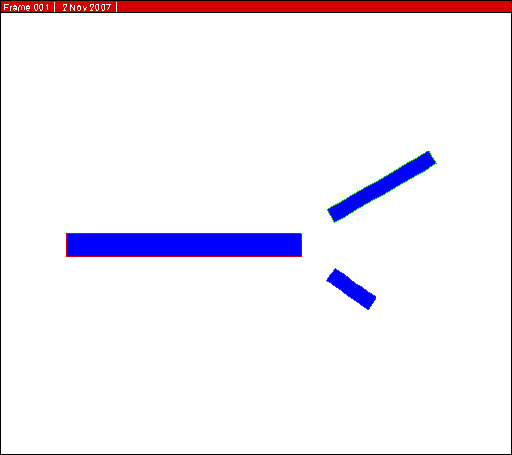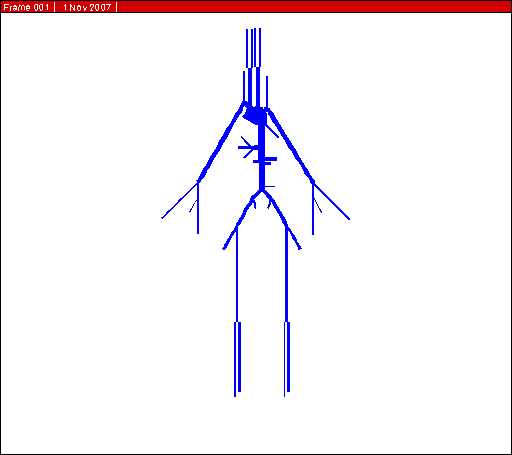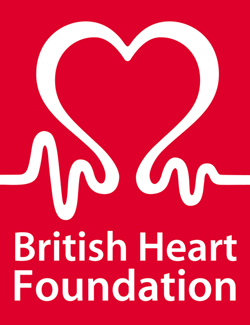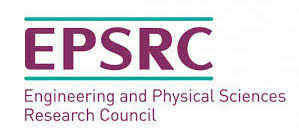Nektar1D:
A numerical code for solving the 1-D equations of blood flow in arterial networks
Nektar1D is our in-house code for solving the nonlinear, one-dimensional (1-D) equations of blood flow in a given network of compliant vessels subject to boundary and initial conditions. To request all the files needed to compile Nektar1D on your computer, together with examples of 1-D model simulations used in our articles, please drop an email to jordi.alastruey-arimon@kcl.ac.uk.


You can download a reference manual for Nektar1D describing how to compile the code, create and run your own simulations, and interpret the results from here.
For a review on arterial pulse wave haemodynamics and a description of the 1-D equations and the numerical scheme used to solve them in Nektar1D, we refer to the following publications:
Several tools for analysing the simulated pressure and flow waveforms are described in the following articles:
1-D modelling provides a good balance between accuracy and computational cost, as we have demonstrated by comparison against (i) experimental data in a 1:1 scale cardiovascular simulator rig of the aorta and its larger branches made of silicone tubes (J Biomech, 2011 & 2007), (ii) in vivo data in humans (J Royal Soc Interface, 2016), rabbits (J. Biomech, 2009) and (iii) numerical data obtained by solving the full 3-D equations of blood flow in compliant vessels (J Royal Soc Interface, 2021 & 2016; Ann Biomed Eng, 2016; Int J Numer Meth Biomed Engng, 2015 & 2014).
We have used Nektar1D to create populations of thousands of virtual subjects for in silico evaluation of pulse wave indices and algorithms (Symmetry, 2021; Am J Physiol, 2015 and 2019; J Biomech, 2016). Nektar1D has also been used in the clinically relevant studies described here.
Nektar1D has recently been coupled to a 3-D cardiac electromechanics model that allows us to study the effects of pulse wave propagation on cardiac function (Comput Mech, 2022).
For a review on arterial pulse wave haemodynamics and a description of the 1-D equations and the numerical scheme used to solve them in Nektar1D, we refer to the following publications:
Arterial pulse wave modelling and analysis for vascular age studies: a review from VascAgeNet.
Am. J. Physiol. Heart Circ. Physiol.,
325(1):H1-H29, 2023.

Arterial pulse wave haemodynamics.
In Anderson S (Ed.), 11th International Conference on Pressure Surges,
Virtual PiE Led t/a BHR Group,
Chapter 7, 401–442, 2012.

Several tools for analysing the simulated pressure and flow waveforms are described in the following articles:
Arterial pressure and flow wave analysis using time-domain 1-D hemodynamics.
Ann. Biomed. Eng.
43(1), 190–206, 2014.

Assessing mental stress from the photoplethysmogram: a numerical study.
Physiological Measurement
39(5), 054001, 2018.

1-D modelling provides a good balance between accuracy and computational cost, as we have demonstrated by comparison against (i) experimental data in a 1:1 scale cardiovascular simulator rig of the aorta and its larger branches made of silicone tubes (J Biomech, 2011 & 2007), (ii) in vivo data in humans (J Royal Soc Interface, 2016), rabbits (J. Biomech, 2009) and (iii) numerical data obtained by solving the full 3-D equations of blood flow in compliant vessels (J Royal Soc Interface, 2021 & 2016; Ann Biomed Eng, 2016; Int J Numer Meth Biomed Engng, 2015 & 2014).
We have used Nektar1D to create populations of thousands of virtual subjects for in silico evaluation of pulse wave indices and algorithms (Symmetry, 2021; Am J Physiol, 2015 and 2019; J Biomech, 2016). Nektar1D has also been used in the clinically relevant studies described here.
Nektar1D has recently been coupled to a 3-D cardiac electromechanics model that allows us to study the effects of pulse wave propagation on cardiac function (Comput Mech, 2022).
Code Developers


